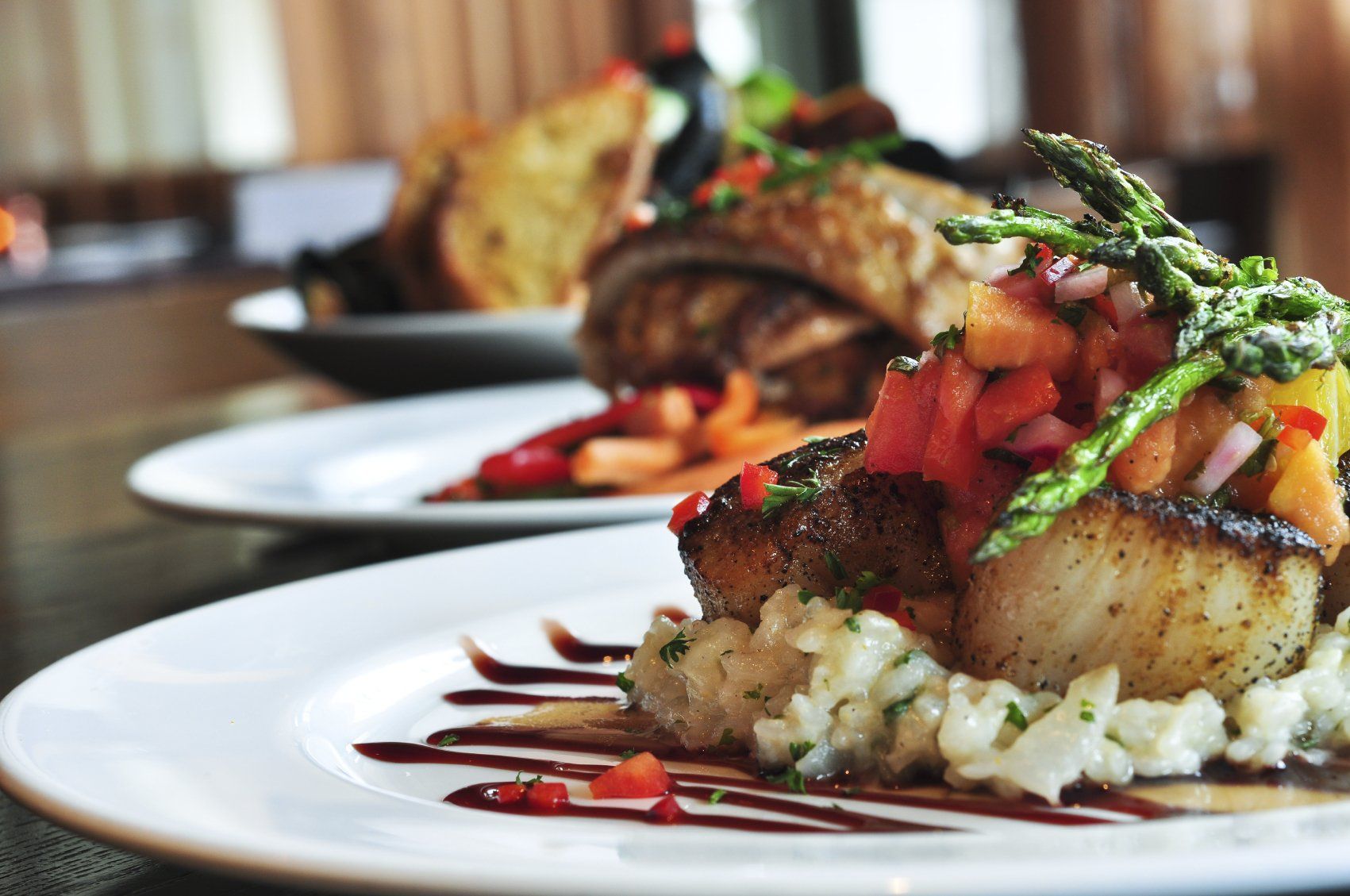Archaeology & Museums
Dive into History
Museum Collection
of Libisosa

Título de diapositiva
Escriba el subtítulo aquíBotón
Archaeology | Munera
The Libisosa Museum Collection contains many objects exhumed from the archaeological site of the same name. The Collection exhibits a set of pieces that are representative of the site and which are surprising for their excellent state of conservation and uniqueness. The Collection, which has audiovisual media, brings us closer to the material reality of the archaeological site in a clear and didactic way, and helps us to understand and characterise its inhabitants and their history.
Ethnographic Museum
"La Molineta"

Título de diapositiva
Escriba el subtítulo aquíBotón
Museums | Munera
Built in 1861, this is one of the two windmills that existed in the town. This is the only one that can be visited today. Restored by the Town Hall, it was inaugurated as a Photo-ethnographic Museum thanks to donations from the people of Munera. Throughout its three floors you can learn about the history, traditions and culture of Munera.
Its exterior is notable for its conical shape and not cylindrical like most of the windmills in La Mancha. Its interior is distributed over three floors. The first floor is dedicated to the traditional milling process, with a journey through the grain harvesting, threshing and winnowing. The next floor depicts other agricultural and farming tasks that have been practised in the town since its origins, such as livestock breeding, cheese making, hunting, saffron, grape harvesting and oil production. The top floor is notable for its sections on festivities, costumes, quintos, looms... and for offering visitors the opportunity to see an old cinema machine and a 3D model of a windmill.
In this museum, the visitor will be transported back in time through photographs, objects and tools that have been traditionally used in this land.
Ethnographic Museum of Tiriez

Título de diapositiva
Escriba el subtítulo aquíBotón
Museums | Tiriez, Lezuza
Over 1,500 square metres of this Ethnographic Ecomuseum are open to show the daily life, tasks and customs of the people a little over 100 years ago. The hundreds of pieces on display in this museum, all donated by the population, offer a journey to our closest past, to our most immediate roots as a territory. It is a museum that evokes memories, smells and flavours and at the same time a tool for learning about life in the rural world today.
The Shepherd's Museum

Título de diapositiva
Escriba el subtítulo aquíBotón
Museums | El Ballestero
In the Ethnographic Museum and Nature Classroom of El Ballestero there is a section dedicated to the Shepherd's Museum.
Inside the nature classroom there is a realistic recreation of a shepherds' tent with all the utensils related to shepherding. Another room shows several explanatory panels about shepherds and some of their skills, with photos, explaining cheese making, making shepherd's pies, working the roots of the field and wood, cooking a "salon", working esparto grass. In an open-air courtyard there is a shepherd's tent made of branches and sticks, made by several local shepherds.
The museum also houses several rooms with antiques from an Abacería, a cabinetmaker's shop, the House of the Aniaguero, where in one of the rooms there are photos and furniture from the Garví family, and ending the tour in the Corrales (belonging to the agricultural and livestock elites of the 19th century).
Interpretation Centre
of the Camacho Weddings
Título de diapositiva
Escriba el subtítulo aquíBotón
Quixote Routes | Munera
Munera is an obligatory visit if you want to follow the footsteps of Don Quixote de la Mancha. Cervantes' presence in this town is closely linked to chapters XIX, XX and XXI of the second part of his book, where the Camacho Weddings are narrated.
Today, an open-air interpretation centre and a representative mural in the Casares landscape are a reminder of the place where this marriage took place. The urban artistic scenery, made up of several of its most representative icons such as its famous Quixotes and Sanchos, murals and windmills, adorns the streets and squares of this town.
La Cueva de Montesinos
Título de diapositiva
Escriba el subtítulo aquíBotón
Quixote Routes | Ossa de Montiel
At a depth of 80 metres, on the outskirts of Ossa de Montiel (Albacete), lies one of the most mythical places on the Quixote route in Castilla-La Mancha: the place where his character Don Quixote suffered the most intense and famous enchantment in universal literature. The "Cueva de Montesinos" has been generated over the centuries due to the processes of dissolution of rainwater in the rocks of the area. A small stream runs through it.
All the popular legends that revolve around this site have their origins in chapter XII of the second part of Don Quixote. In the book, the brave and mad knight arrives at the cave accompanied by his squire Sancho Panza and a guide, coming from the Camacho Weddings in Munera.
Parish Museum of El Bonillo

Título de diapositiva
Escriba el subtítulo aquíBotón
Museums | El Bonillo
El Museo Parroquial de El Bonillo, ubicado en la Iglesia de Santa Catalina, alberga una interesante colección de maestros de la pintura. Aquí se encuentra una de las obras más importantes de la provincia de Albacete, El Cristo abrazado a la Cruz de Domenico Theotocopuli, “El Greco” (1541-1614).
Otras obras valiosas forman parte de la colección de la parroquia. En la pared de la izquierda nos encontrados dos cuadros de estilo semejante, barroco: el óleo sobre lienzo Cristo con la Cruz a cuestas, Anónimo español del Siglo XVIII, y San Antonio de Padua, Anónimo español del Siglo XVIII, también realizado con la técnica del óleo sobre lienzo. En el centro de ambas paredes podemos observar dos cuadros de las dos imágenes que se veneraban en las dos ermitas extramuros más antiguas de El Bonillo, que se incorporaron a la Parroquial de Santa Catalina. Virgen de Sotuélamos (Anónimo español. Siglo XVII-XVIII, Óleo sobre lienzo) y Virgen de Pinilla (Anónimo español. Siglo XVII-XVIII, Óleo sobre lienzo).
Plan your Trip
Partners

Título de diapositiva
Escriba el subtítulo aquíBotón
Título de diapositiva
Escriba el subtítulo aquíBotón
Título de diapositiva
Escriba el subtítulo aquíBotón
Título de diapositiva
Escriba el subtítulo aquíBotón
Título de diapositiva
Escriba el subtítulo aquíBotón
Título de diapositiva
Escriba el subtítulo aquíBotón
Título de diapositiva
Escriba el subtítulo aquíBotón
Título de diapositiva
Escriba el subtítulo aquíBotón
Título de diapositiva
Escriba el subtítulo aquíBotón
Título de diapositiva
Escriba el subtítulo aquíBotón
Título de diapositiva
Escriba el subtítulo aquíBotón
Título de diapositiva
Escriba el subtítulo aquíBotón
Título de diapositiva
Escriba el subtítulo aquíBotón
Título de diapositiva
Escriba el subtítulo aquíBotón
Título de diapositiva
Escriba el subtítulo aquíBotón
Título de diapositiva
Escriba el subtítulo aquíBotón
Título de diapositiva
Escriba el subtítulo aquíBotón
Título de diapositiva
Escriba el subtítulo aquíBotón
Título de diapositiva
Escriba el subtítulo aquíBotón
Título de diapositiva
Escriba el subtítulo aquíBotón
Título de diapositiva
Escriba el subtítulo aquíBotón-

Título de diapositiva
Escriba el subtítulo aquíBotón
© 2022 Derechos de Uso Reservado
(+34) 624 23 56 90
info@4cuencas.com
Partners

Título de diapositiva
Escriba el subtítulo aquíBotón
Título de diapositiva
Escriba el subtítulo aquíBotón
Título de diapositiva
Escriba el subtítulo aquíBotón
Título de diapositiva
Escriba el subtítulo aquíBotón
Título de diapositiva
Escriba el subtítulo aquíBotón
Título de diapositiva
Escriba el subtítulo aquíBotón
Título de diapositiva
Escriba el subtítulo aquíBotón
Título de diapositiva
Escriba el subtítulo aquíBotón
Título de diapositiva
Escriba el subtítulo aquíBotón
Título de diapositiva
Escriba el subtítulo aquíBotón
Título de diapositiva
Escriba el subtítulo aquíBotón
Título de diapositiva
Escriba el subtítulo aquíBotón
Título de diapositiva
Escriba el subtítulo aquíBotón
Título de diapositiva
Escriba el subtítulo aquíBotón
Título de diapositiva
Escriba el subtítulo aquíBotón
Título de diapositiva
Escriba el subtítulo aquíBotón
Título de diapositiva
Escriba el subtítulo aquíBotón
Título de diapositiva
Escriba el subtítulo aquíBotón
Título de diapositiva
Escriba el subtítulo aquíBotón
Título de diapositiva
Escriba el subtítulo aquíBotón
Título de diapositiva
Escriba el subtítulo aquíBotón-

Título de diapositiva
Escriba el subtítulo aquíBotón








